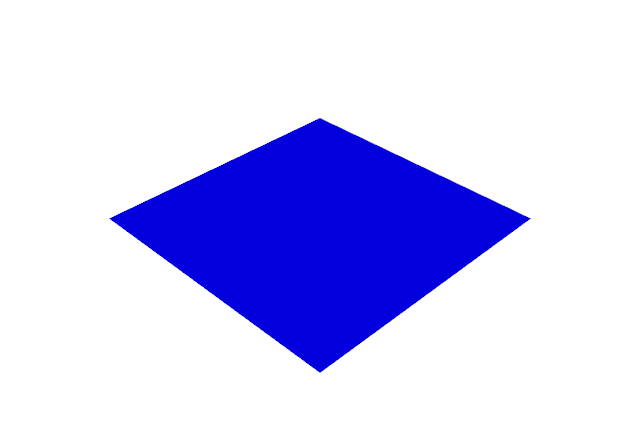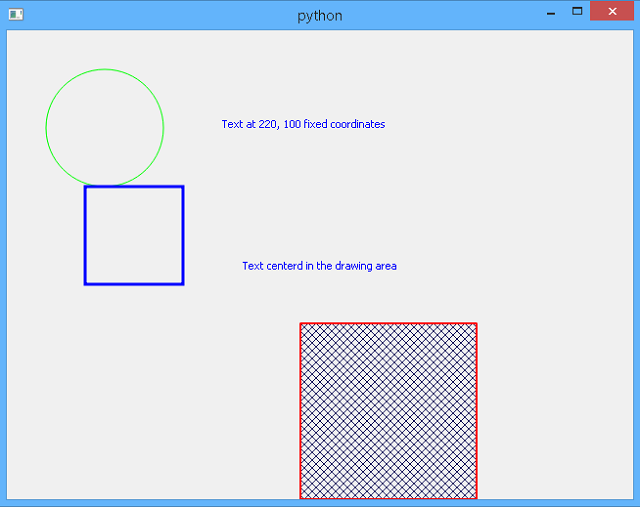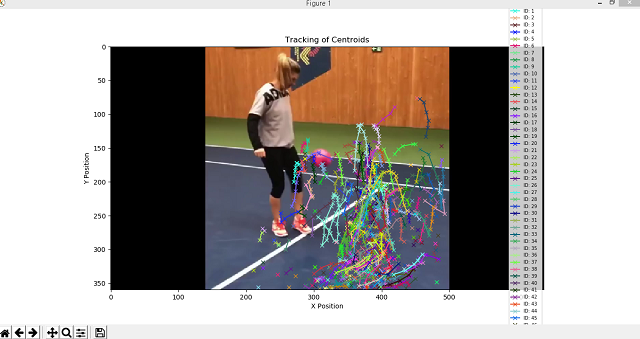Let's see the introduction of these python modules:
Mayavi2 is a general purpose, cross-platform tool for 3-D scientific data visualization. Its features include:
- Visualization of scalar, vector and tensor data in 2 and 3 dimensions.
- Easy scriptability using Python.
- Easy extendibility via custom sources, modules, and data filters.
- Reading several file formats: VTK (legacy and XML), PLOT3D, etc.
- Saving of visualizations.
- Saving rendered visualization in a variety of image formats.
- Convenient functionality for rapid scientific plotting via mlab
The installation with pip3.6 tool:
C:\Python364\Scripts>pip3.6.exe install mayavi
Requirement already satisfied: mayavi in c:\python364\lib\site-packages (4.6.2)
...
C:\Python364\Scripts>pip3.6.exe install moviepy
Collecting moviepy
...
Installing collected packages: tqdm, moviepy
Successfully installed moviepy-0.2.3.5 tqdm-4.28.1First example:
C:\Python364>python.exe
Python 3.6.4 (v3.6.4:d48eceb, Dec 19 2017, 06:54:40) [MSC v.1900 64 bit (AMD64)]
on win32
Type "help", "copyright", "credits" or "license" for more information.
>>> import mayavi.mlab as mlab
>>> f = mlab.gcf()
>>> f.scene._lift()
>>>In signal processing, a sinc filter is an idealized filter that removes all frequency components above a given cutoff frequency, without affecting lower frequencies, and has linear phase response. The filter's impulse response is a sinc function in the time domain, and its frequency response is a rectangular function.
I create the example to show you a sinc function by time.
This is my output (is not the result of the frequency response of the Fourier transform of the rectangular function).

Let's see the source code:
# import python modules
import numpy as np
import mayavi.mlab as mlab
import moviepy.editor as mpy
# duration of the animation in seconds
duration= 2
# create the grid of points for x and y
x, y = np.mgrid[-30:30:100j, -30:30:100j]
# create the size figure
fig = mlab.figure(size=(640,480), bgcolor=(1,1,1))
# create the plane surface
r = np.sqrt(x**2 + y**2)
# this fix issue https://github.com/enthought/mayavi/issues/702
fig = mlab.gcf()
fig.scene._lift()
# create all frames
def make_frame(t):
# clear the area
mlab.clf()
#blend surface by z over time t step is 0.05
z = np.sin(r*t)/r
# create surface
mlab.surf(z, warp_scale='auto')
return mlab.screenshot(antialiased=True)
# create animation movie clip
animation = mpy.VideoClip(make_frame,duration=duration)
# write file like a GIF
animation.write_gif("sinc.gif", fps=20)

